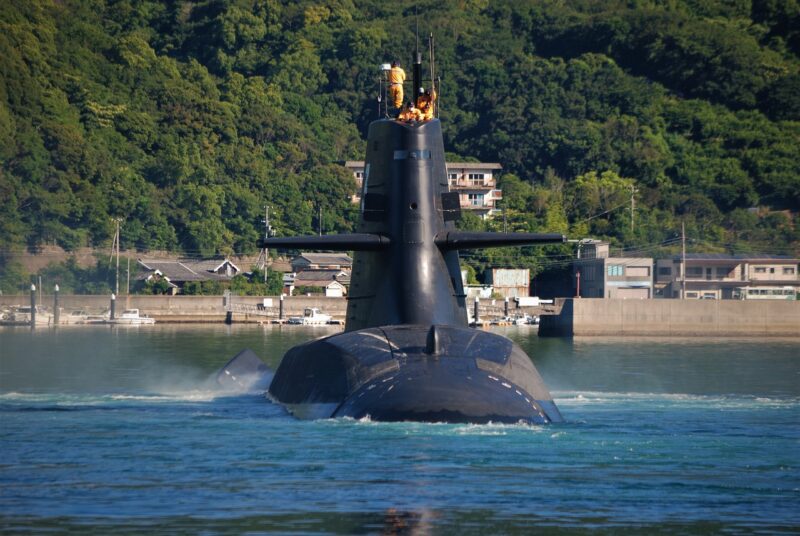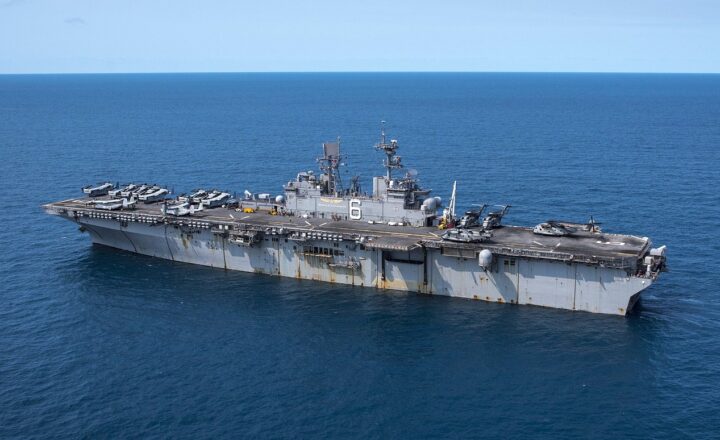How Submarines Work: Inside the Technology of Underwater Vessels
November 11, 2024

Submarines are among the most fascinating inventions developed by mankind, allowing humans to explore, travel, and conduct military operations beneath the waves of the ocean. This article delves into the technology that enables submarines to function effectively in underwater environments, their design, propulsion systems, critical functions, and the future of submarine technology.
1. A Brief History of Submarine Technology
The concept of underwater vessels dates back centuries, with early designs including the “Turtle” built during the American Revolutionary War and the “Nautilus” conceived by Jules Verne. However, it was during World War I and II that submarine technology dramatically advanced due to increasing military needs, leading to the development of more sophisticated and effective vessels. Today, submarines serve various roles, from military applications to scientific exploration and underwater research.
2. How Submarines Achieve Buoyancy and Dive
Submarines operate based on the principles of buoyancy and pressure. The ability to dive and surface is crucial for these vessels.
2.1. Buoyancy Control
Submarines use ballast tanks to control their buoyancy. These tanks can be filled with water to decrease buoyancy, causing the submarine to sink. Conversely, when the tanks are filled with air, buoyancy increases, allowing the submarine to rise to the surface. The process of submerging and resurfacing is calculated carefully to maintain stability and control during operation.
3. Propulsion Systems: Moving Underwater
Propulsion is another critical aspect of submarine technology. Modern submarines typically utilize one of two propulsion systems: diesel-electric or nuclear power.
3.1. Diesel-Electric Submarines
Diesel-electric submarines use diesel engines while on the surface or near the surface to charge batteries, which power electric motors for silent underwater navigation. This allows for stealthy maneuvers, critical for military operations.
3.2. Nuclear Submarines
Nuclear submarines, on the other hand, are propelled by nuclear reactors, which provide a virtually unlimited power source. This enables them to remain submerged for extended periods, not requiring surfacing for air or battery recharging, making them formidable assets in naval operations.
4. Life Support Systems: Surviving Underwater
Surviving underwater for days or even months requires sophisticated life support systems.
4.1. Oxygen Generation and Carbon Dioxide Removal
Submarines have systems in place to generate oxygen through various chemical processes or by using onboard oxygen tanks. They also incorporate methods to remove carbon dioxide from the air, preventing it from accumulating to dangerous levels, ensuring a habitable environment for crew members.
4.2. Water Purification
Freshwater is obtained through desalination processes, allowing submarines to convert seawater into potable water. This is crucial for long missions where resupply from shore is not an option.
5. Navigation and Communication Technologies
Navigating underwater presents unique challenges due to the limitations of GPS signals. Submarines use a combination of sonar technology and dead reckoning to determine their position and navigate through the depths.
5.1. Sonar Systems
Sonar, which stands for Sound Navigation and Ranging, employs sound navigation principles to detect other vessels, underwater obstructions, and gather intelligence about the surrounding environment. By sending out sound waves and analyzing their echoes, submarines gain vital situational awareness.
5.2. Communication Systems
Communication is limited when submerged. Submarines often use extremely low frequency (ELF) radio waves to communicate with naval bases while underwater, though this requires lengthy message transmissions. For secure communications, submarines usually surface or utilize buoyant antennas that extend above the water.
6. Stealth and Design Aspects
The design of submarines emphasizes stealth and resilience under duress. The shape of a submarine minimizes hydrodynamic drag and allows the vessel to move quietly through water, employing materials that can withstand pressure at great depths.
6.1. Hull Design
Modern submarines feature streamlined, cylindrical hulls that reduce turbulence in the water. This design bolsters quiet movement, helping to evade detection from sonar systems utilized by enemy vessels.
6.2. Coating and Insulation
Special anti-sonar coatings are used to absorb sound waves, significantly reducing detection ranges. Insulation and structural design elements also protect sensitive systems and compartments from underwater pressure.
7. The Future of Submarine Technology
As technology evolves, submarines are set to become more advanced, integrating innovative features for better efficiency and operational capabilities.
7.1. Autonomous Submarines
With developments in artificial intelligence and robotics, autonomous underwater vehicles (AUVs) are becoming a reality. These vessels can perform various tasks, such as reconnaissance, data collection, and maintenance, without direct human control.
7.2. Enhanced Stealth Features
Further advancements in materials and manufacturing processes promise to enhance the stealth capabilities of future submarines, making them even harder to detect by enemy sonar systems.
Conclusion
Submarines represent an extraordinary fusion of engineering, technology, and human ingenuity. Their capabilities continue to evolve, providing vital roles in defense, research, and exploration. Understanding how submarines function gives us a deeper appreciation of mankind’s capacity to navigate and exploit the world’s oceans.
Whether you’re fascinated by military operations, interested in technological advancements, or simply curious about the mysteries of the deep sea, the study of submarines opens a portal into one of the most intriguing areas of maritime technology.







